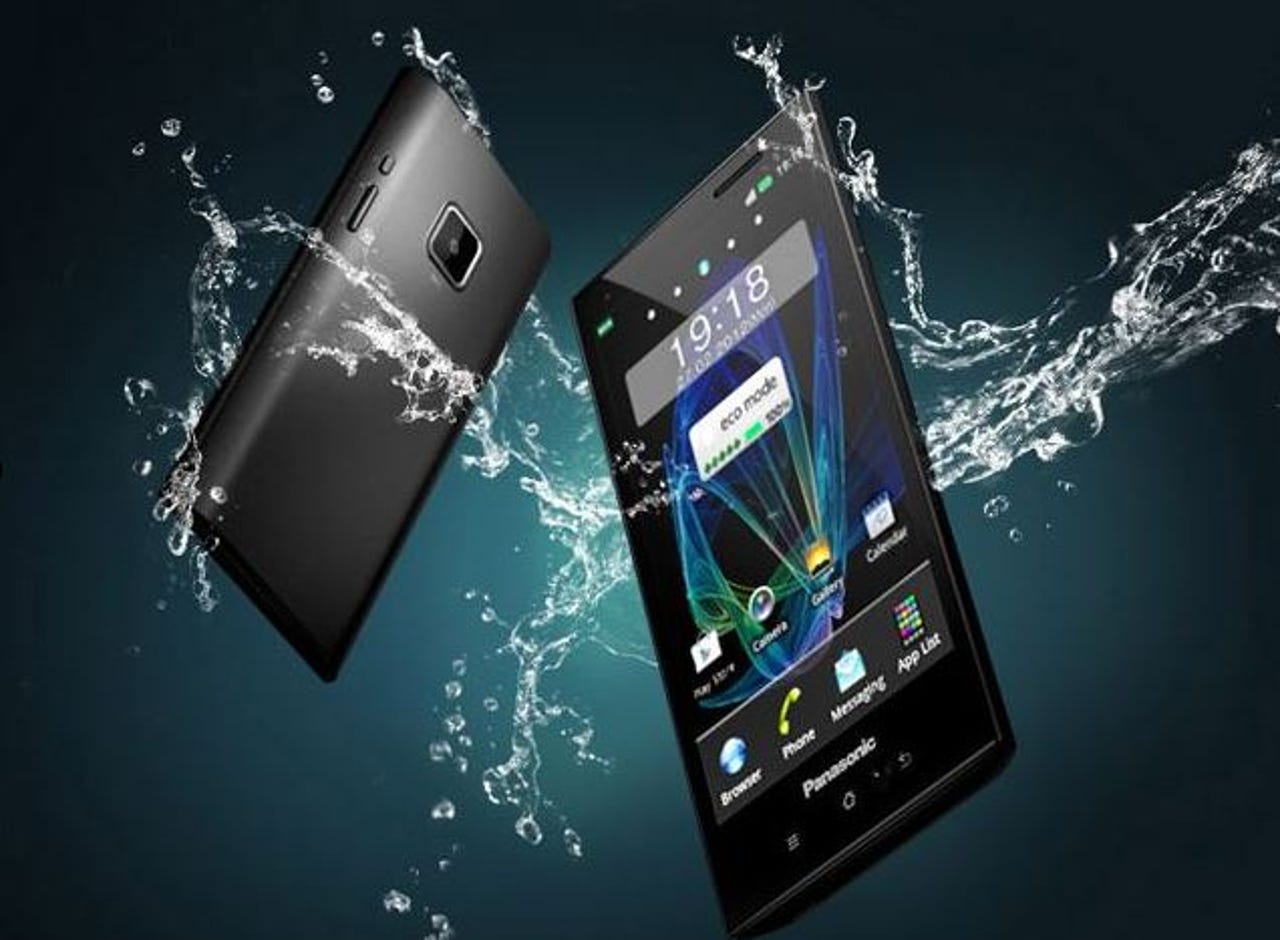Japan phonemakers need better ecosystem, biz models

Japanese handset makers have seen local dominion come under threat from foreign players, which capitalized on the open nature of smartphones and operating systems (OSes) to enter the market. Now, these Japanese companies have to make overseas forays but face steep challenges to make a dent in these markets, say industry watchers.
Todd Day, industry analyst for mobile and wireless communications at Frost & Sullivan said the opportunities, consistent revenue streams and market share that Japanese phonemakers have enjoyed for many years have decreased now that competition is increasing there.
"The market has become more competitive since iPhone and Android have rapidly grown and entered the market over the past two years," he noted.
Nizar Assanie, vice president of research at IE Market Research (IEMR), concurred. He noted that the "safe haven" afforded by the local market meant that most of these handset makers chose not to venture overseas. Their production and supply chain dynamics were also geared solely toward the home market too, he added.
However, these vendors are now seeing their domestic market come under threat, particularly from Apple, the vice president said.
According to IEMR's research, Apple was the largest handset vendor in the Japanese market after shipping 2.83 million units of its mobile phones to capture 26.6 percent market share in the fourth quarter of 2011. This, he added, was higher than the likes of market incumbents Sharp, Fujitsu, Panasonic, and Sony Ericsson, which is now known as Sony Mobile Communications.
Bigger overseas plans
One NEC spokesperson pointed out that the increasing competition is because since smartphones share open platforms such as chips and operating systems, as well as basic functions, overseas competitors have been able to tap on this opportunity to enter its local market.
That said, the same opportunities are open for Japanese vendors to venture overseas, he added. NEC, for one, announced in April that it would re-enter the Thai smartphone market. It currently retails its smartphones in the United States, and aims to enter the Central and South American markets as well, the spokesperson added.
"The U.S. attracted us first as it is an advanced smartphone market with a great deal of growth potential and consumers who are readily adopting smartphones. The price scale in the U.S. also makes sense for manufacturers since many markets currently have a difficult time supporting the higher cost of smartphones," he pointed out.
The company added that it expects the majority of its growth in the future to come from overseas markets, while the growth of the Japanese market is seen to be slowing.
Panasonic has also waded back in the global market with its Europe launch earlier in March, which it described as a "stepping stone". Expansion into Asia will be its next phase and it targets to sell 15 million units globally by 2016. The company had exited foreign markets earlier in 2005 to focus on its domestic business.
"The Japanese market has been changing amid global competition and the mobile phone business have been evolving drastically, which sees the trend of Japanese feature phones moving toward smartphones," noted a Panasonic spokesperson. "These factors sum up our decision to relaunch into the global market in alignment to stay competitive."
Fujitsu, too, is considering to release smartphones in Europe, North America and China, said its spokesperson, who declined to give a definite timeframe. It is only retailing one feature phone in China currently.

"Fujitsu's business domain ranges from semiconductors to supercomputers, and as such, we do not plan to compete on high-volume sales of mobile devices alone," its spokesperson said. "Instead, we will narrow our target and focus on offering exclusive, value-added products that will lead to more stable profits."
Steep challenges to overcome
However, Assanie said these vendors' overseas forays face steep challenges, mainly because they, with the possible exception of Sony, are "second-tier players" in the global handset space.
"Back in 2004, Sony Ericsson counted itself among the top 5 players in terms of handset sales globally, competing with LG Electronics for the No. 5 slot. In 2011, both LG and Sony Ericsson have seen their global share decline and we now rank Sony as the No. 11 player in the world. A similar [downward] trend has occurred among other Japanese vendors," Assanie pointed out.
Day agreed that Japanese vendors have been losing their edge. "For years, Japanese smartphones have been ahead of the curve, [but] other smartphones have rapidly caught up with their capabilities," he said.
For example, Japanese manufacturers were one of the first to integrate 12- to 16- megapixels cameras into their phones when the U.S. market had only 5-magapixels ones, but the edge has since been lost, the Frost & Sullivan analyst pointed out.
Ecosystem, targeted business models key to success
To better compete with international competitors, Day called on Japanese vendors to adapt their business models and marketing strategy for different regions.
"The demand and market drivers are different overseas. In North America, carrier relationships are essential and the sales model is centered on subsidized pricing agreements," he stated.
Assanie added that Japanese handset makers face a larger strategic issue than creating alliances to cut costs to make their products more competitive. He was referring to how NEC, Casio and Hitachi formed a joint venture in 2010 to achieve cost-efficiences.
"If you think about the global market leader in the consumer handset space--Apple, their handsets are neither cheap nor are they cheaply produced," noted the IEMR analyst.
Cupertino's success comes down to its apps ecosystem, while Android-based players such as Samsung and HTC have also achieved success because of their ability to produce reasonable handsets that have a robust application store supporting their devices. This is something Japanese vendors need to focus on, he said.
"While we see opportunities for the likes of Panasonic, NEC, Hitachi, and Casio to integrate their various device platforms with the handset division, the key will be how applications and media will be integrated into the handset ecosystem and what operating system these companies deploy on their various devices," Assanie stated.